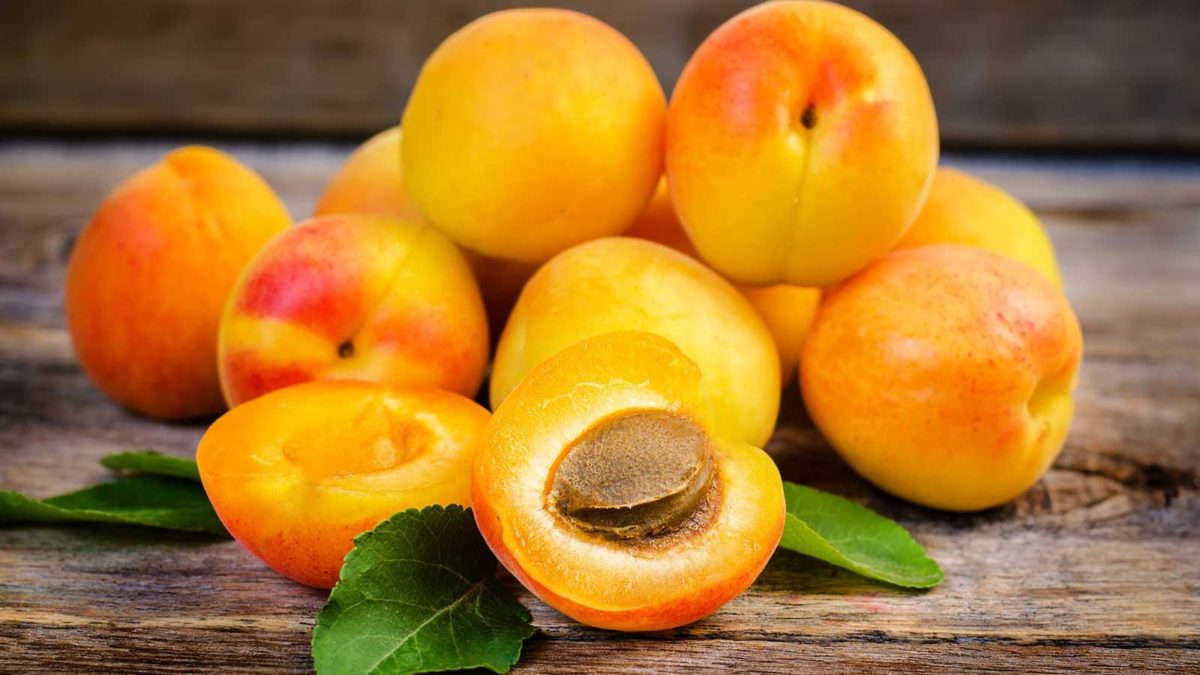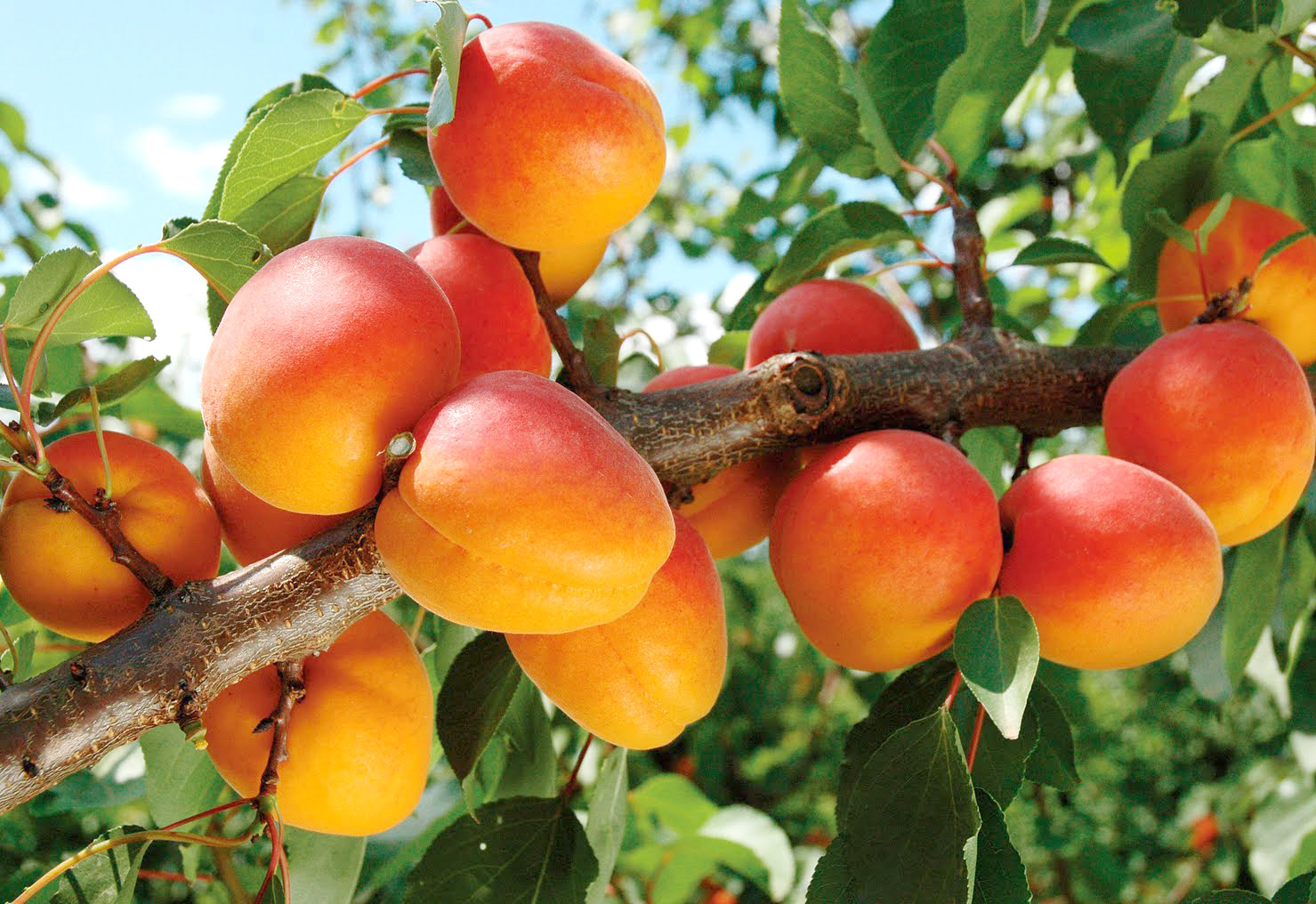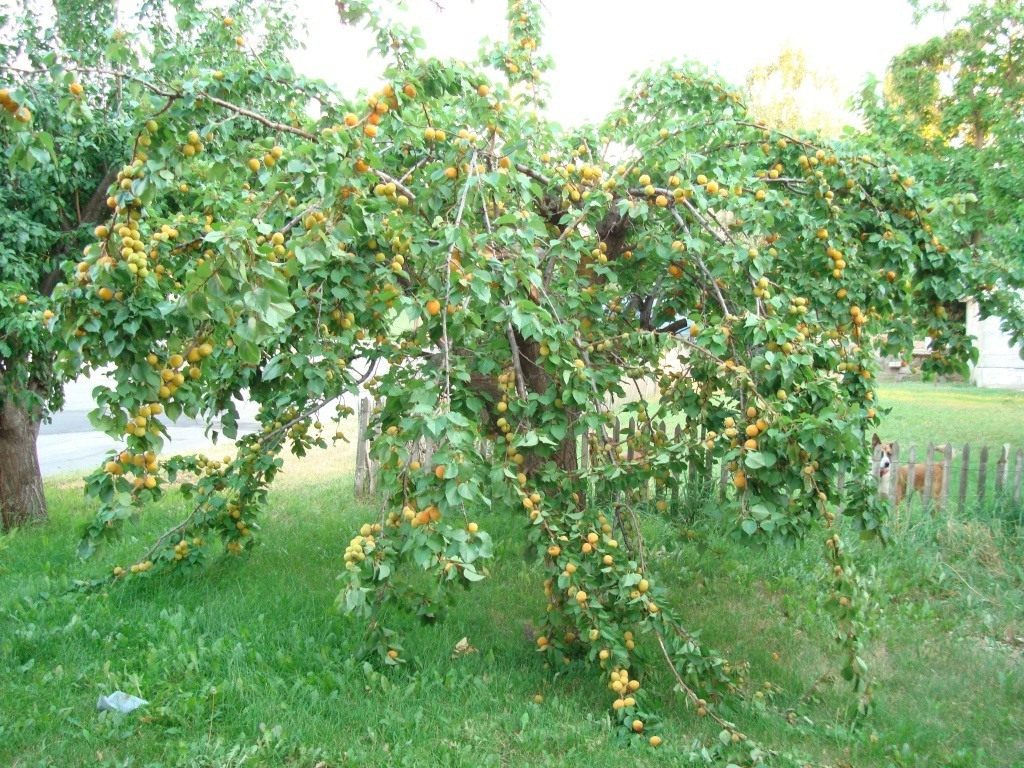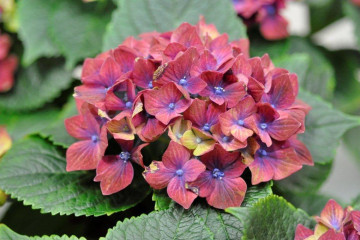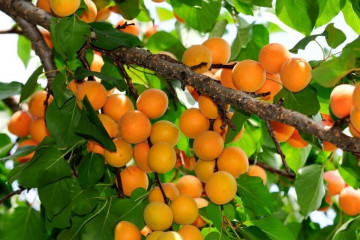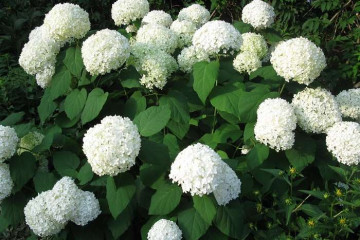Apricot Triumph North: variety description, planting and care
Content:
- Breeding history
- Description of the variety and its characteristics
- Drought resistance, winter hardiness
- Pollination, flowering period and ripening times
- Selection and preparation of planting material
- Planting pit preparation and planting
- Growing and caring for a tree
- Top dressing of apricot trees
- Preparing for winter
- Harvesting and storage of crops
- Diseases and pests, methods of control and prevention
Apricot is one of the most beloved and delicious fruits. It is not surprising that many gardeners dream of growing it on their plots. Fortunately, in recent years, varieties with high frost resistance have appeared, which make it possible to harvest in the Moscow region and other regions with a harsh climate. And the northern Triumph apricot, which is described below, is one of them.
Breeding history
To obtain the variety, the experts crossed two well-known varieties: Zabaikalskiy Severny early (it was used as a stock) and Krasnoschekiy. Thanks to this, it was possible to significantly improve the taste of the fruit, and at the same time to increase frost resistance.
At first, the variety was actively grown in the southern and central parts of the Chernozem region, and later began to be cultivated in the north and east - in the Leningrad region, in the Urals and even in Siberia.
Description of the variety and its characteristics
Of course, before starting to grow the self-fertile apricot Northern Triumph (it is sometimes called this way out of ignorance), any gardener will want to know more about the main characteristics that this variety possesses.
Tree
An additional plus obtained as a result of crossing the two varieties is the relatively low height. For example, the Severny early variety needs constant crown formation - otherwise it may well grow up to 12 meters in height! The new variety received a powerful, spreading, but completely low crown - no more than 4 meters.
Fruit
The variety has rather large fruits - about 50-60 grams. The color is very intense, orange-yellow. The taste is pronounced, very sweet. An additional plus is the ease of cutting - the seeds are separated very easily and have a sweet kernel with a pronounced almond flavor.
Drought resistance, winter hardiness
Of course, one of the main advantages that the variety can boast is the high frost resistance of wood - up to -35 degrees Celsius. And flower buds hardly lag behind - they easily tolerate frosts down to -28 degrees.
And the variety can boast of high drought resistance - if there are good rains at least a couple of times a month, then there is no need to water it at all.
Pollination, flowering period and ripening times
An additional advantage of the variety is self-fertility. That is, you do not need to plant several pollinators in the neighborhood to get a harvest.
It blooms, like most varieties of apricots, quite early, and the fruits can be obtained already in late July - early August.
Selection and preparation of planting material
To regularly get a rich harvest, you need to take care of the high quality of planting material. It is best to use young seedlings - 1-2 years old.
It is advisable to buy (or harvest) in the fall, but plant in the spring.To do this, the root system is dipped in a mixture of cow dung and clay, after which it is wrapped in a moist dense cloth and stored at a temperature of 0 to +5 degrees. All this time you need to ensure that the fabric does not dry out.
Planting pit preparation and planting
Before planting, you need to prepare a hole - it should be square, with a side of 70 cm.It is filled with a specially prepared mixture:
- 3 buckets of humus,
- 2 liters of wood ash,
- 300 grams of superphosphate.
The seedling is carefully examined - rotten or damaged roots are removed. After that, a hole is made in the nutrient mixture, where you can freely plant the seedling, straightening the roots. It remains only to sprinkle them on top with the mixture and pour abundantly.
Growing and caring for a tree
If the gardener wants to get rich crops on a regular basis, he must take proper care of the tree itself, as well as monitor the soil - it can be depleted over time.
Tree care
It is often not necessary to water the apricot - three times a season is enough: immediately after flowering, during the ripening of the fruits and after the harvest is harvested.
In addition, timely pruning should not be forgotten. This should be done starting from the first year, cutting off about a quarter of the crown. It is advisable to do this in the spring, removing frozen, dry, diseased and too long shoots. You also need to remove those that grow inside the crown - the plant should be beautiful, then it will be convenient to work with it, and the harvest will delight the summer resident.
Soil care
It is very important that the root system gets enough air. Therefore, it is advisable to regularly loosen the near-trunk circle - especially after abundant watering, when a dense crust forms here that does not allow air to pass through. Otherwise, the plant will hurt and may even die.
Top dressing of apricot trees
The apricot does not need special feeding - humus and compost are enough to apply every three to four years, about half a bucket per square meter of the trunk circle.
Also in the spring, it is advisable to water the tree with mineral fertilizers - about 10 grams of potassium monophosphate and 20 grams of nitrate per square meter. In the fall, fertilizing is also done with mineral fertilizers - superphosphate is scattered over the entire trunk circle at the rate of 20 grams per square meter.
Preparing for winter
In the fall, you need to remove all the leaves (pests can hibernate in them) and burn them or send them to the compost heap. In addition, the trunk circle is dug to a depth of 10-15 centimeters.
Finally, we must not forget about the usual whitewash - this will protect the trunk and thick branches from frost breaks. To obtain a solution, you need to dilute 500 grams of lime in 10 liters of water.
Harvesting and storage of crops
Harvested in early August - the fruits stay on the branches for a long time and usually do not fall off. It is better to do this in clear, dry weather in the morning or evening, but not during the hottest hours.
Apricots can be kept fresh for a long time, and can also be used for making compotes, jams, and preserves.
Diseases and pests, methods of control and prevention
Of the diseases, moniliosis and cytosporosis are the most problematic. Treatment with copper sulfate helps to fight the first, and Bordeaux mixture with the second.
The most common insects are aphids and weevils. To combat them, you will have to use pesticides, but it is better to do with folk remedies.
Now the reader knows enough about the Triumph of the North - the apricot, which is described in the article. This means that he can easily grow a wonderful plant and get a rich harvest.
